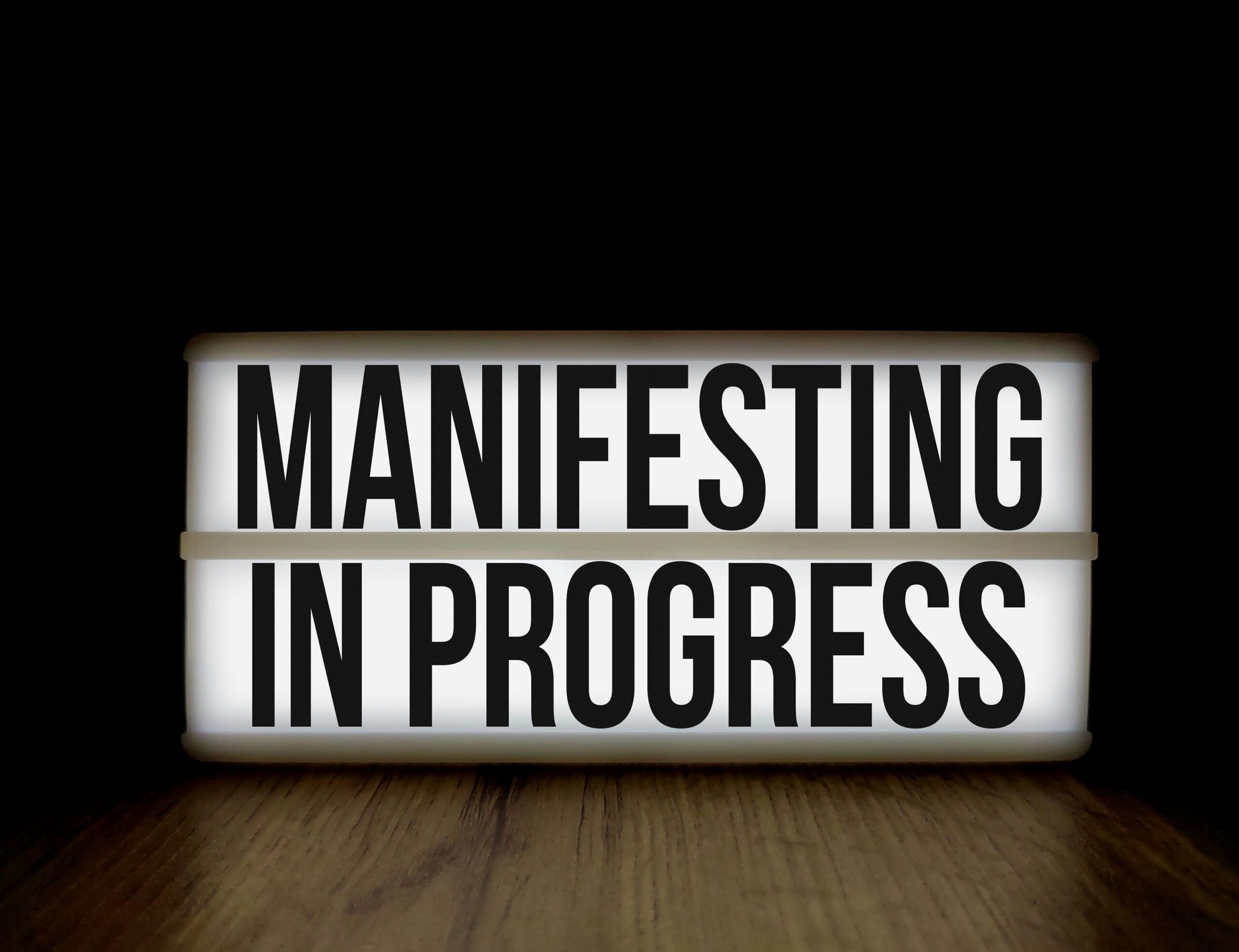Success doesn’t happen by accident—it’s engineered through deliberate goal-setting strategies that transform dreams into measurable achievements.
In today’s fast-paced world, the ability to set and achieve goals separates high performers from those who merely drift through life. Yet, not all goal-setting methodologies are created equal. Two prominent approaches have emerged as frontrunners in the personal development space: the structured, time-tested SMART goals framework and the more intuitive, flexible Flow goals methodology.
Understanding which approach—or combination of both—best suits your personality, work style, and aspirations can be the difference between mediocre results and extraordinary success. This comprehensive guide will explore both strategies in depth, revealing their strengths, limitations, and practical applications to help you make an informed decision about your goal-setting journey.
🎯 The SMART Goals Framework: Precision in Planning
The SMART goals methodology has dominated corporate boardrooms, personal development seminars, and productivity literature for decades. Developed in 1981 by George T. Doran, this acronym stands for Specific, Measurable, Achievable, Relevant, and Time-bound—five criteria designed to bring clarity and structure to your objectives.
This framework transforms vague aspirations into concrete action plans. Instead of saying “I want to get fit,” a SMART goal would be “I will exercise for 30 minutes, five days per week for the next three months, losing 12 pounds by June 30th.” The difference is immediately apparent: one is wishful thinking, the other is a roadmap.
Breaking Down the SMART Components
Specific: Your goal must answer the who, what, where, when, and why questions with precision. Vagueness is the enemy of achievement. When you define exactly what you want to accomplish, your brain can begin plotting the course to get there.
Measurable: Without metrics, you’re navigating without a compass. Quantifiable indicators allow you to track progress, celebrate milestones, and make data-driven adjustments. Numbers don’t lie—they provide honest feedback about whether you’re moving forward or spinning your wheels.
Achievable: Ambition must be balanced with realism. While stretch goals can motivate, impossibly ambitious targets lead to discouragement and abandonment. This component ensures your goals challenge you without setting you up for failure.
Relevant: Your goals should align with your broader life vision and values. A goal might check all other boxes but still be wrong for you if it doesn’t serve your overarching purpose or long-term aspirations.
Time-bound: Deadlines create urgency and prevent indefinite procrastination. Without a finish line, goals become perpetual “somedays” that never materialize into reality.
💫 The Flow Goals Approach: Intuition Meets Achievement
While SMART goals dominate traditional productivity spaces, Flow goals represent a more contemporary, flexible approach to achievement. Rooted in the psychological concept of “flow state” popularized by Mihaly Csikszentmihalyi, this methodology prioritizes engagement, intrinsic motivation, and adaptive progress over rigid structure.
Flow goals recognize that life rarely follows linear trajectories. Instead of forcing yourself into predetermined boxes, this approach encourages you to set directional intentions that evolve based on feedback, changing circumstances, and emerging opportunities. The emphasis shifts from external achievement to internal alignment and sustainable progress.
Core Principles of Flow Goal-Setting
Intrinsic Motivation: Flow goals begin with what genuinely excites and energizes you, not what you think you “should” want. This internal drive creates sustainable momentum that doesn’t require constant willpower.
Present-Moment Focus: Rather than fixating on distant outcomes, Flow goals emphasize the quality of your current actions and experiences. Success is measured by engagement level and consistency, not just end results.
Adaptive Flexibility: As you gain information and experience, Flow goals encourage course corrections. This flexibility prevents you from stubbornly pursuing outdated objectives simply because you declared them months ago.
Challenge-Skill Balance: True flow occurs when task difficulty matches your current ability level—challenging enough to engage you fully, but not so difficult that you become anxious or overwhelmed.
📊 Comparing Both Approaches Side by Side
| Aspect | SMART Goals | Flow Goals |
|---|---|---|
| Structure | Highly structured with specific criteria | Flexible and adaptive framework |
| Timeline | Fixed deadlines and milestones | Evolving based on progress and circumstances |
| Motivation Source | External achievement and completion | Internal engagement and enjoyment |
| Measurement | Quantitative metrics and KPIs | Qualitative experience and consistency |
| Best For | Short to medium-term concrete objectives | Long-term lifestyle changes and skill development |
| Adjustment Approach | Predetermined checkpoints for evaluation | Continuous feedback and real-time adjustments |
🚀 When SMART Goals Excel: Ideal Scenarios
SMART goals shine brightest in situations requiring precision, accountability, and measurable outcomes. Corporate environments naturally gravitate toward this framework because it provides clear benchmarks for performance evaluation and resource allocation.
Project Management: When coordinating teams, budgets, and deliverables, SMART goals provide the structure necessary to keep everyone aligned. A software development team can’t function with vague intentions—they need specific features to build, measurable quality standards to meet, and concrete deadlines to hit.
Financial Objectives: Money management demands specificity. Whether saving for a down payment, eliminating debt, or building an emergency fund, SMART goals translate financial aspirations into actionable monthly targets with clear success criteria.
Health and Fitness Milestones: Training for a marathon, losing weight, or building muscle responds well to SMART goal methodology. These objectives benefit from specific targets, regular measurement, and time-bound commitment that creates training momentum.
Skill Certification and Education: Earning professional certifications, completing degree programs, or mastering specific competencies work beautifully within the SMART framework. The external structure supports accountability when internal motivation wanes.
🌊 When Flow Goals Outperform: Optimal Applications
Flow goals demonstrate their superiority in contexts requiring creativity, long-term sustainability, and intrinsic motivation. These situations benefit from flexibility and present-moment engagement over rigid adherence to predetermined outcomes.
Creative Pursuits: Writing, painting, music production, and other artistic endeavors suffer under overly structured goal-setting. A novelist who commits to “writing 2,000 words daily regardless of quality” may produce quantity while sacrificing the creative exploration that makes great literature. Flow goals allow creative professionals to follow inspiration while maintaining consistent practice.
Lifestyle Transformation: Sustainable changes in habits, relationships, and personal development resist rigid timelines. Someone recovering from burnout benefits more from gradually building energy and engagement than from forcing themselves through predetermined checkpoints that ignore their actual capacity.
Exploratory Learning: When entering unfamiliar territory where you don’t yet know what you don’t know, Flow goals provide the adaptive flexibility to pivot as understanding deepens. A career changer exploring a new industry benefits from following emerging interests rather than locking into specific outcomes prematurely.
Relationship Building: Whether cultivating friendships, strengthening family bonds, or developing professional networks, authentic connection resists formulaic approaches. Flow goals emphasize consistent presence and genuine engagement over transactional milestones.
🔄 The Hybrid Approach: Combining Both Strategies
The most sophisticated goal-setters recognize that SMART and Flow goals aren’t mutually exclusive—they’re complementary tools that address different aspects of achievement. The hybrid approach leverages the strengths of both methodologies while minimizing their limitations.
Consider a professional writer building their career. They might use SMART goals for concrete milestones: “Submit 12 articles to major publications by December 31st, earning at least $5,000 in total compensation.” Simultaneously, they employ Flow goals for skill development: “Write daily, focusing on deepening voice authenticity and exploring topics that genuinely fascinate me, adjusting based on reader response and personal growth.”
This combination provides both the structure necessary for career progress and the flexibility required for artistic development. The SMART goals create accountability and tangible momentum, while Flow goals ensure sustainable engagement and prevent creative burnout.
Implementing Your Hybrid Strategy
Identify Your Goal Type: Categorize each objective as either outcome-focused (SMART-appropriate) or process-focused (Flow-appropriate). Some goals naturally fit one category, others benefit from both lenses applied simultaneously.
Set SMART Milestones Within Flow Journeys: For long-term Flow goals, establish periodic SMART checkpoints that provide structure without sacrificing flexibility. A musician developing their craft might commit to performing publicly once per quarter while maintaining daily practice as a Flow goal.
Use Flow Principles to Sustain SMART Goal Pursuit: When working toward concrete SMART objectives, regularly check in with your engagement level and intrinsic motivation. If you’re grinding through sheer willpower, adjust your approach or timeline to restore flow.
Track Both Metrics and Experience: Maintain dual tracking systems—quantitative data for your SMART goals and qualitative reflections for your Flow goals. Both types of information inform better decision-making about your path forward.
⚡ Common Pitfalls and How to Avoid Them
SMART Goal Trap—Rigid Adherence: The biggest mistake with SMART goals is treating them as unchangeable contracts. Markets shift, personal circumstances evolve, and new information emerges. Review your SMART goals quarterly and give yourself permission to revise them when appropriate.
Flow Goal Trap—Lack of Accountability: Without any structure, Flow goals can become comfortable excuses for avoiding challenging growth. Combat this by establishing consistency standards and finding accountability partners who understand your approach.
Over-Optimization: Some achievers create elaborate goal-setting systems that consume more energy than actual progress toward objectives. Whether using SMART or Flow approaches, implementation always trumps perfect planning.
Mismatched Methodology: Applying SMART rigor to inherently creative pursuits or Flow flexibility to time-sensitive projects creates unnecessary friction. Match your methodology to your goal’s nature.
🎯 Personalizing Your Goal-Setting Strategy
Your personality, life stage, and current circumstances should inform your goal-setting approach. Self-awareness transforms methodology from theoretical framework into practical success tool.
For Analytical Personalities: You’ll likely gravitate toward SMART goals naturally. Challenge yourself to incorporate Flow principles in areas requiring creativity or relationship-building. Your superpower is structure—don’t let it become a prison.
For Intuitive Personalities: Flow goals probably resonate more deeply. Protect your creative freedom while recognizing that some objectives genuinely require SMART framework’s accountability. Your superpower is adaptability—don’t let it become aimlessness.
During High-Stress Periods: When life feels chaotic, SMART goals provide stabilizing structure that prevents complete derailment. Break larger objectives into smaller, manageable targets that create momentum during difficult seasons.
During Exploration Phases: When entering new territory or recovering from burnout, Flow goals honor the need for discovery without premature commitment. Give yourself permission to explore before locking into specific outcomes.
🌟 Measuring Success Beyond Traditional Metrics
True success encompasses more than checked boxes and hit targets. Both SMART and Flow approaches risk overlooking the qualitative dimensions of achievement if applied without broader wisdom.
Consider sustainability—did you achieve your goal in a way that energizes you for the next challenge, or did you burn yourself out? Evaluate relationships—did your pursuit strengthen connections or create isolation? Examine alignment—does this achievement reflect your authentic values or someone else’s definition of success?
The most fulfilled achievers integrate multiple success dimensions: tangible outcomes, personal growth, relationship quality, energy management, and values alignment. Your goal-setting methodology should serve all these dimensions, not just the most easily quantified ones.

🔮 Your Path Forward: Taking Action Today
Understanding goal-setting frameworks means nothing without implementation. Start by auditing your current goals—which would benefit from more SMART structure, and which need Flow flexibility? Don’t attempt to overhaul everything simultaneously; select one or two objectives for immediate application.
For one goal, create a complete SMART specification with all five criteria clearly defined. Set calendar reminders for progress reviews and identify your measurement system. For another goal, define your Flow approach—what does consistent engagement look like, how will you maintain intrinsic motivation, and what feedback signals will guide your adaptations?
Remember that mastery develops through practice and reflection. Your first attempts at either methodology won’t be perfect, and that’s exactly as it should be. The goal-setting journey itself becomes a Flow experience when you balance challenge with capability, structure with flexibility, and achievement with enjoyment.
Both SMART and Flow goals offer powerful pathways to success—the question isn’t which is superior, but rather which serves your current needs most effectively. The wisest approach combines both strategies, leveraging structure when it serves and embracing flexibility when rigidity would hinder. Your success story will be uniquely yours, written through consistent action guided by whichever framework—or hybrid approach—helps you transform aspirations into reality.
Toni Santos is a personal growth strategist and wealth alignment researcher dedicated to helping people connect mindset, habits, and money with purpose. With a focus on abundance psychology and intentional living, Toni explores how beliefs, behavior, and clarity turn goals into sustainable prosperity. Fascinated by financial psychology and high-performance routines, Toni’s journey bridges coaching, behavioral science, and practical frameworks. Each guide he shares is an invitation to design a life by intention—where daily actions align with values, and values align with long-term wealth. Blending mindset work, habit design, and evidence-based strategy, Toni studies how identity shifts, focus systems, and disciplined execution create compounding results. His work champions the idea that true abundance is built from the inside out—through awareness, alignment, and consistent action. His work is a tribute to: An abundance mindset grounded in gratitude, vision, and responsibility Financial psychology that transforms behavior into smart decisions Goal-oriented living powered by clear systems and repeatable habits Whether you’re redefining success, aligning money with meaning, or building habits that last, Toni Santos invites you to grow with intention—one belief, one plan, one aligned step at a time.




